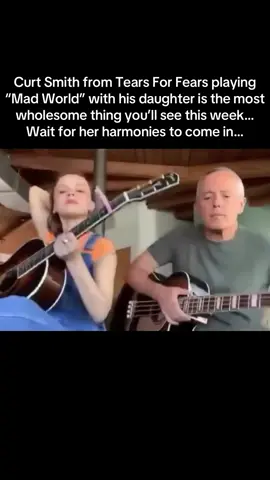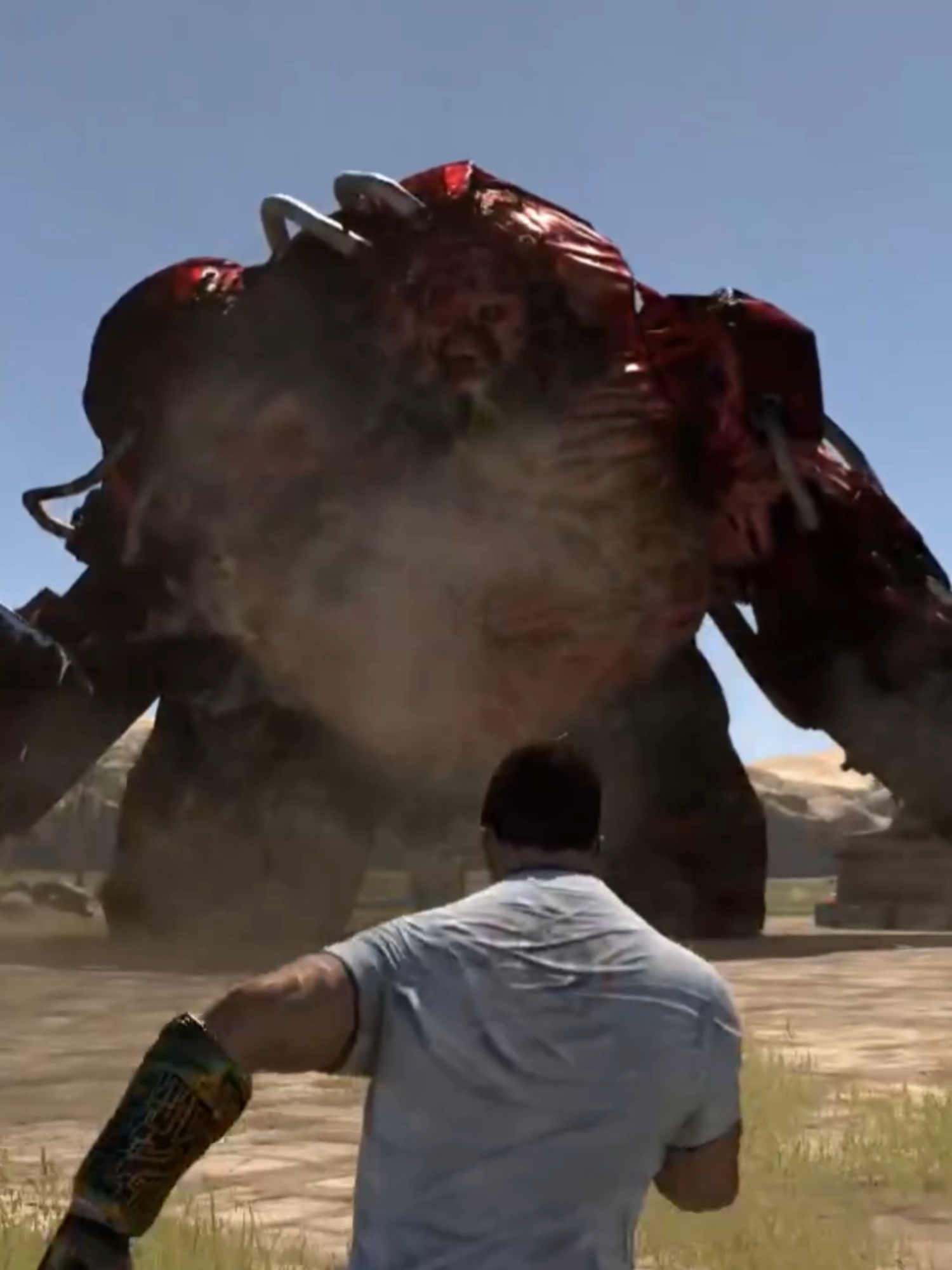divan bester fitness
Region: ZA
Tuesday 31 October 2023 16:07:16 GMT
895
14
4
2
Music
Download
Comments
Celeste Bester372 :
Eks so lucky 😍 🥰 well done
2023-10-31 18:11:49
1
divan bester fitness :
🥰
2023-11-02 10:29:07
1
To see more videos from user @divanbesterfitness, please go to the Tikwm
homepage.





